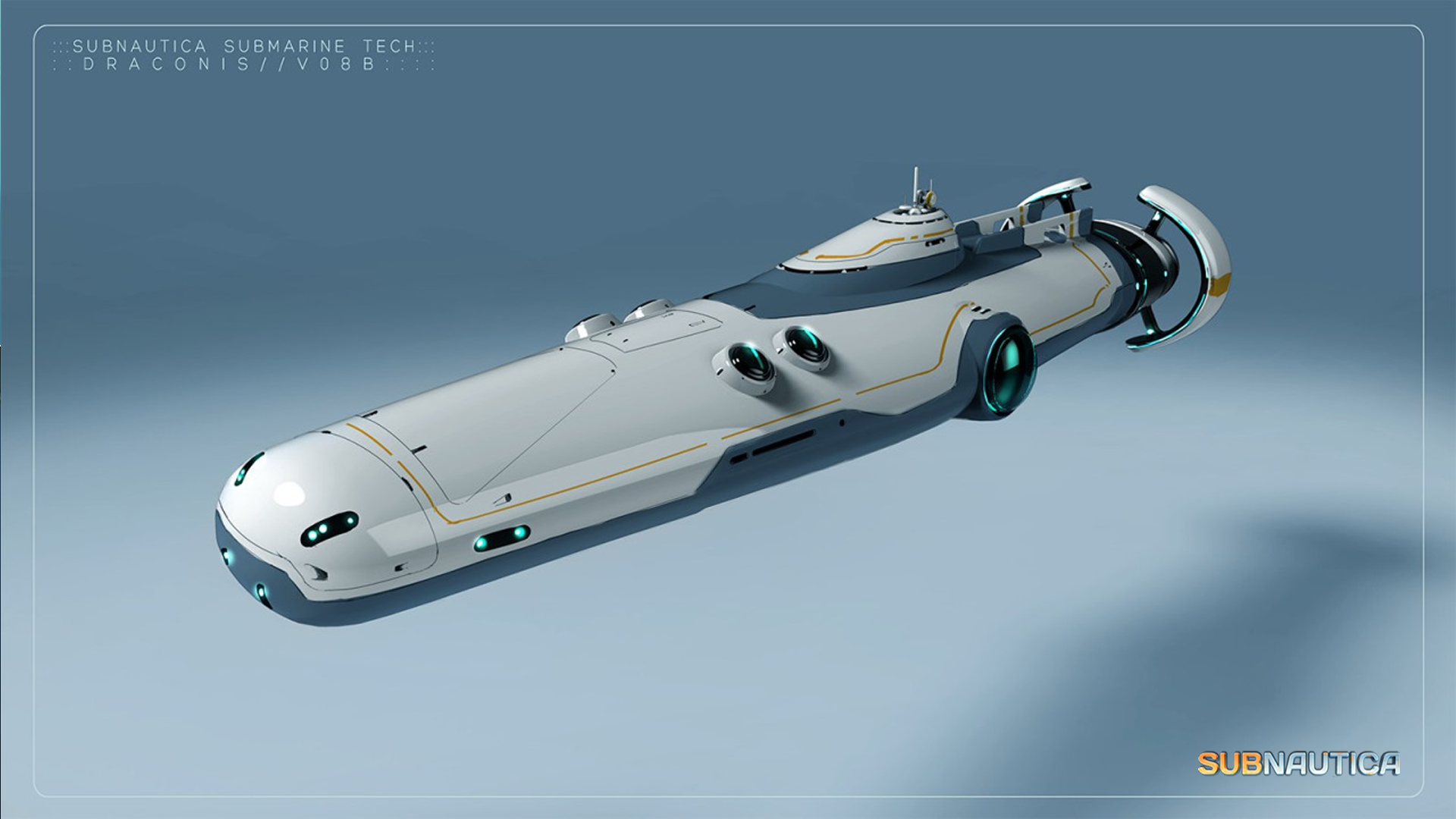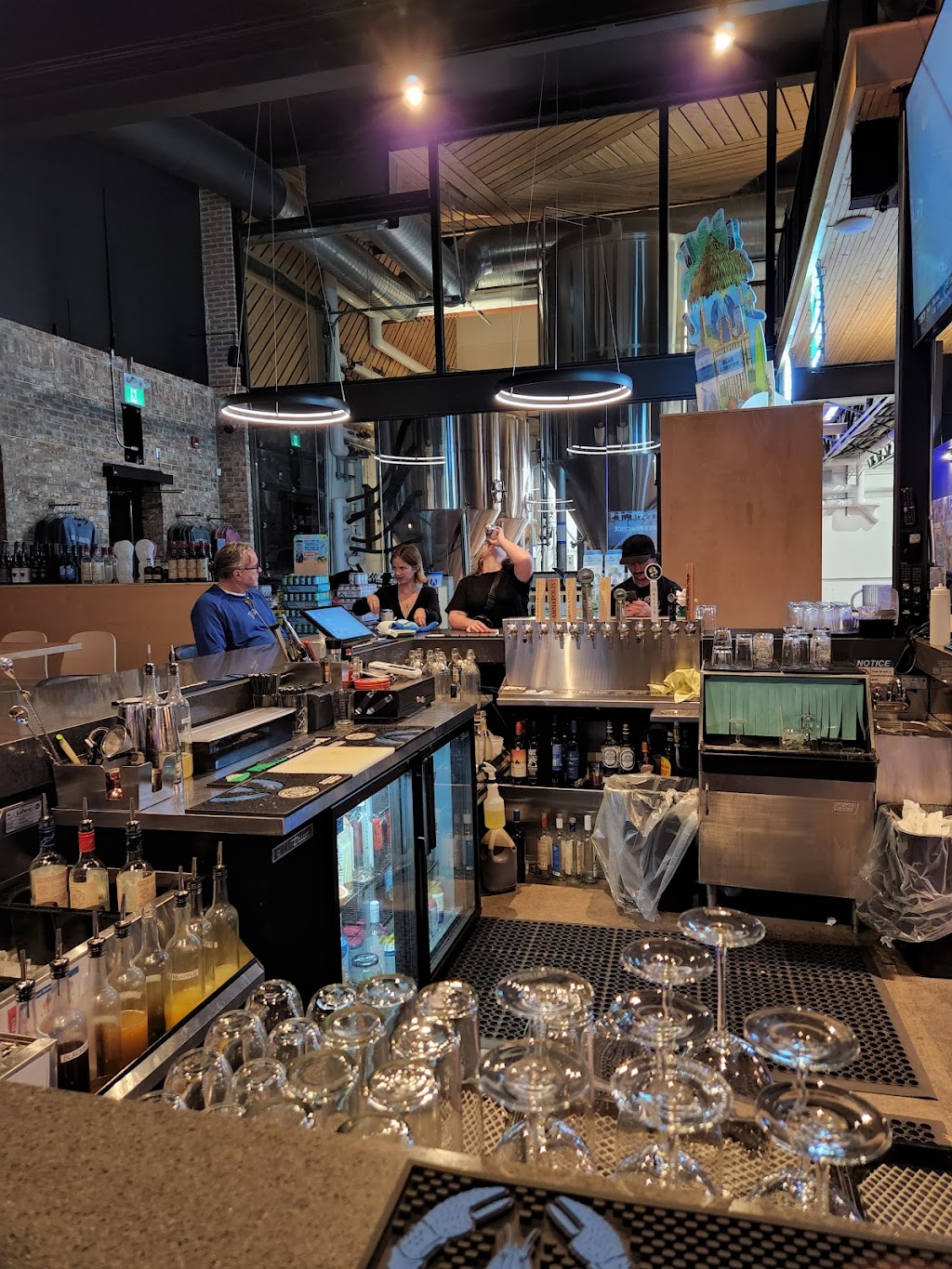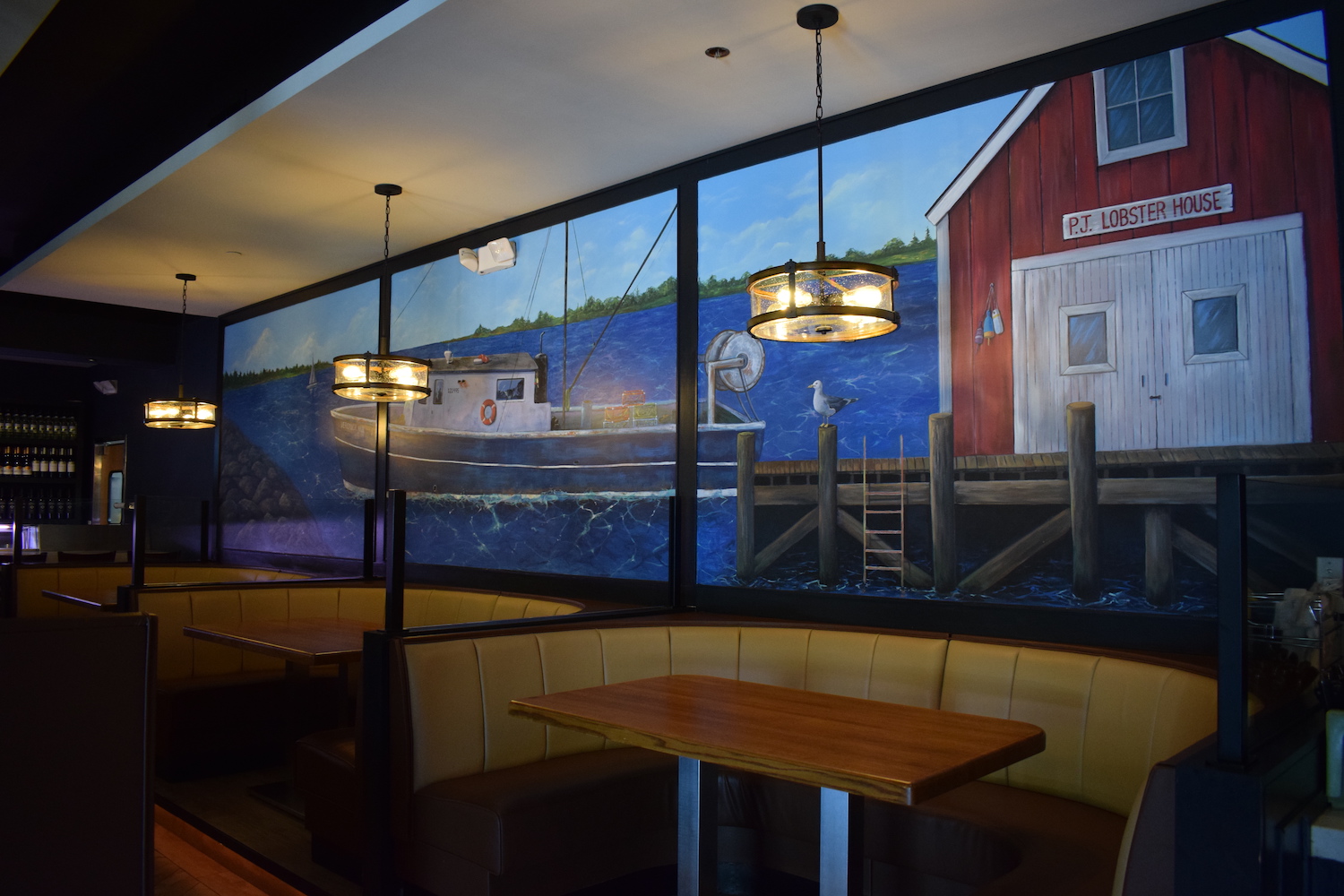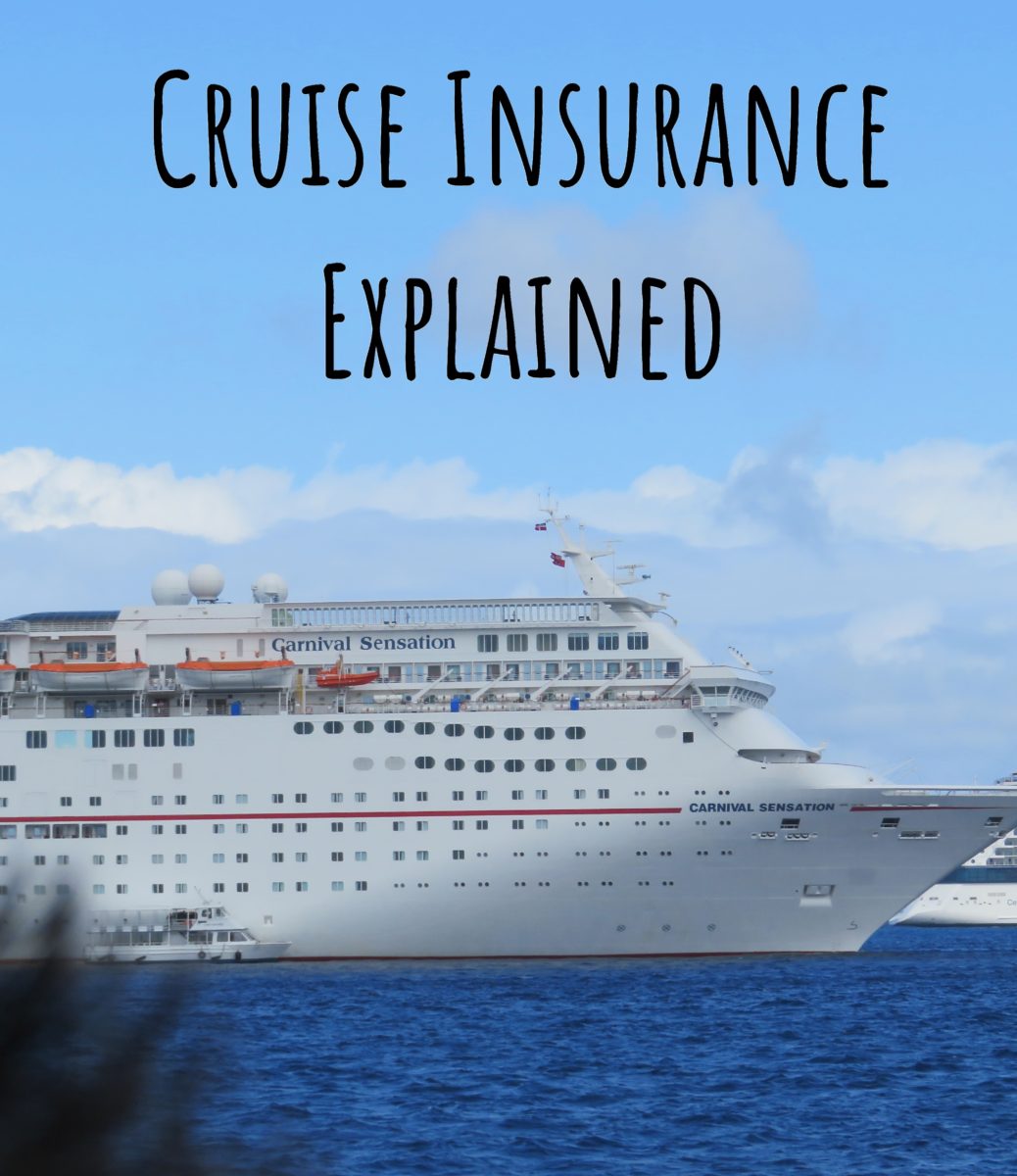Table Of Content
- Frequently asked questions on submarines
- How Nuclear Submarines Work
- Unfinished Wooden Submarine Shape - Ocean - Beach - Nursery - Craft - from 1" up to 46" DIY
- More From the Los Angeles Times
- Boat vs Ship: The Difference Between a Boat and a Ship
- Personalised Acrylic Navy Submarine Birthday Cake Topper For Submariners

Diesel electric propulsion would become the dominant power system and instruments such as the periscope would become standardized. Batteries were used for running underwater and gasoline (petrol) or diesel engines were used on the surface and to recharge the batteries. Early boats used gasoline, but quickly gave way to kerosene, then diesel, because of reduced flammability. Effective tactics and weaponry were refined in the early part of the century, and the submarine would have a large impact on 20th century warfare. Although experimental submarines had been built earlier, submarine design took off during the 19th century, and they were adopted by several navies. They were first widely used during World War I (1914–1918), and are now used in many navies, large and small.
Frequently asked questions on submarines

The noise level of Virginia is equal to that of the US Navy Seawolf, SSN 21, with a lower acoustic signature than the Russian Improved Akula-Class and fourth-generation attack submarines. To achieve the low acoustic signature, Virginia incorporates newly designed anechoic coatings, isolated deck structures and a new design of propulsor. The US Navy placed a bulk-buy contract for the first five ships, and in January 2004, placed a multiyear contract for the following five. In December 2008, the navy signed a $14bn contract with General Dynamics and Northrop Grumman for eight additional submarines.
How Nuclear Submarines Work
A raised tower on top of a standard submarine accommodates the periscope and electronics masts, which can include radio, radar, electronic warfare, and other systems. In many early classes of submarines (see history), the control room, or "conn", was located inside this tower, which was known as the "conning tower". Since then, the conn has been located within the hull of the submarine, and the tower is now called the "sail" or "fin".
Navy will wear incredible "Silent Service" uniforms and hand painted helmets inspired by submarines for Army game - Footballscoop
Navy will wear incredible "Silent Service" uniforms and hand painted helmets inspired by submarines for Army game.
Posted: Mon, 20 Nov 2023 08:00:00 GMT [source]
Unfinished Wooden Submarine Shape - Ocean - Beach - Nursery - Craft - from 1" up to 46" DIY
The Maritime Museum of San Diego is now arranging for the vessel’s disposition and bring the tenure of the Foxtrot at our Museum to a close by the end of 2021. This theatrical professionally produced live action exhibit about a close call with nuclear war the Museum installed on the sub is intended to soon be available live as a web-based experience at sdmaritme.org. The 688i (Improved) subclass was initially equipped with the AN/BSY-1 SUBACS submarine advanced combat system that used an AN/BQQ-5E sensor system with updated computers and interface equipment.
When the submarine is submerged in water, the diving planes are also used for moving the submarine up or down. When the submarine is at the surface, the ballast tanks are filled with air. Hence the submarine is lighter than the surrounding water, and it floats (like a ship). In the modified system, the IC engine is coupled to a dedicated electric generator to generate electrical energy. This electrical energy is used to run the propeller through an electric motor and to charge the battery. In this system, the electric motor runs the propeller immaterial of whether the submarine is underwater or on the surface.
Only one attack was carried out, when U-15 fired a torpedo (which missed) at HMS Monarch, while two of the ten U-boats were lost. The U-9 fired all six of its torpedoes, reloading while submerged, and sank the three cruisers in less than an hour. Among the most notable were submarine aircraft carriers, equipped with a waterproof hangar and steam catapult to launch and recover one or more small seaplanes.
The AUKUS' Submarine Plan Relies on Hope Over Experience - The National Interest Online
The AUKUS' Submarine Plan Relies on Hope Over Experience.
Posted: Thu, 08 Feb 2024 08:00:00 GMT [source]
More From the Los Angeles Times
Today, several navies, notably Sweden, use air-independent propulsion boats, which substitute liquid oxygen for hydrogen peroxide. Diesel–electric submarines have a stealth advantage over their nuclear counterparts. Commercial submarines usually rely only on batteries, since they operate in conjunction with a mother ship. The occupied pressure hulls of deep-diving submarines such as DSV Alvin are spherical instead of cylindrical. This allows a more even distribution of stress and efficient use of materials to withstand external pressure as it gives the most internal volume for structural weight and is the most efficient shape to avoid buckling instability in compression.

Boat vs Ship: The Difference Between a Boat and a Ship
Active sonar uses the reflection of sound emitted from the search equipment to detect submarines. It has been used since WWII by surface ships, submarines and aircraft (via dropped buoys and helicopter "dipping" arrays), but it reveals the emitter's position, and is susceptible to counter-measures. The submarine force was the most effective anti-ship weapon in the American arsenal.
The plan was to have the Turtle make an underwater approach to a British warship, attach a charge of gunpowder to the ship’s hull by a screw device operated from within the craft, and leave before the charge was exploded by a time fuse. In the actual attack, however, the Turtle was unable to force the screw through the copper sheathing on the warship’s hull. Later designs incorporated the weapons into the internal structure of the submarine.
With nuclear power or air-independent propulsion, submarines can remain submerged for months at a time. Conventional diesel submarines must periodically resurface or run on snorkel to recharge their batteries. Most modern military submarines generate breathing oxygen by electrolysis of fresh water (using a device called an "Electrolytic Oxygen Generator"). The oxygen in the air is sometimes kept a few percent less than atmospheric concentration to reduce fire risk. For general submersion or surfacing, submarines use the main ballast tanks (MBTs), which are ambient pressure tanks, filled with water to submerge or with air to surface.
It was to be submerged by using hand vises to contract the sides and decrease the volume. John P. Holland introduces the Holland VII and later the Holland VIII (1900). The Holland VIII with its petroleum engine for surface propulsion and electric engine for submerged operations served as the blueprint adopted by all the world's navies for submarine design up to 1914. The hydrostatic pressure at the collapse depth is considered as the external pressure in this calculation.
Navy ships on the surface have phones, postal mail deliveries, and even the internet; however, when it comes to a submarine, the communication with the outside world is limited. Every crew in the submarine has an email address to which their family can send the message. Whenever the submarine is in a position to receive communications, such messages are sent to it electronically. Submarines have a cigar shape (for smooth movement) with a tall tower in the center. Submarine of earlier days used the sail for housing command and communications data center, periscope, radar, etc. Many of you must have traveled in Boeing 747 that has a length of 70 meters.
Unlike a surface ship, submarines are subjected to lesser heave and pitch motions due to the absence of surface wave effects. A pair of hydroplanes or fins at the forward and aft are used to control the heave and pitch independently. The sail is the streamlined shaped non-pressure resistant part of the submarine over the outer hull.
Since the collapse depth is also specified in the contract, it remains fixed. Now, the maximum longitudinal compressive stress on the pressure hull is determined by the yield strength of the material used. What a designer calculates for a particular material, is the minimum thickness that is required to keep the stress within limits. The longitudinal stress therefore is a function of the external pressure, the radius of the pressure resistant hull, and the thickness of the hull plate. The radius of the pressure hull is an input from the client, as in, the radius of the submarine is specified along with a range, and this would mean that the pressure hull radius is a fixed entity for the entire structural design. The next U.S. attempt at submarine warfare came during the Civil War (1861–65) when the Confederate States resorted to “unconventional” methods to overcome the Union Navy’s superior strength, exerted in a blockade of Southern ports.





















